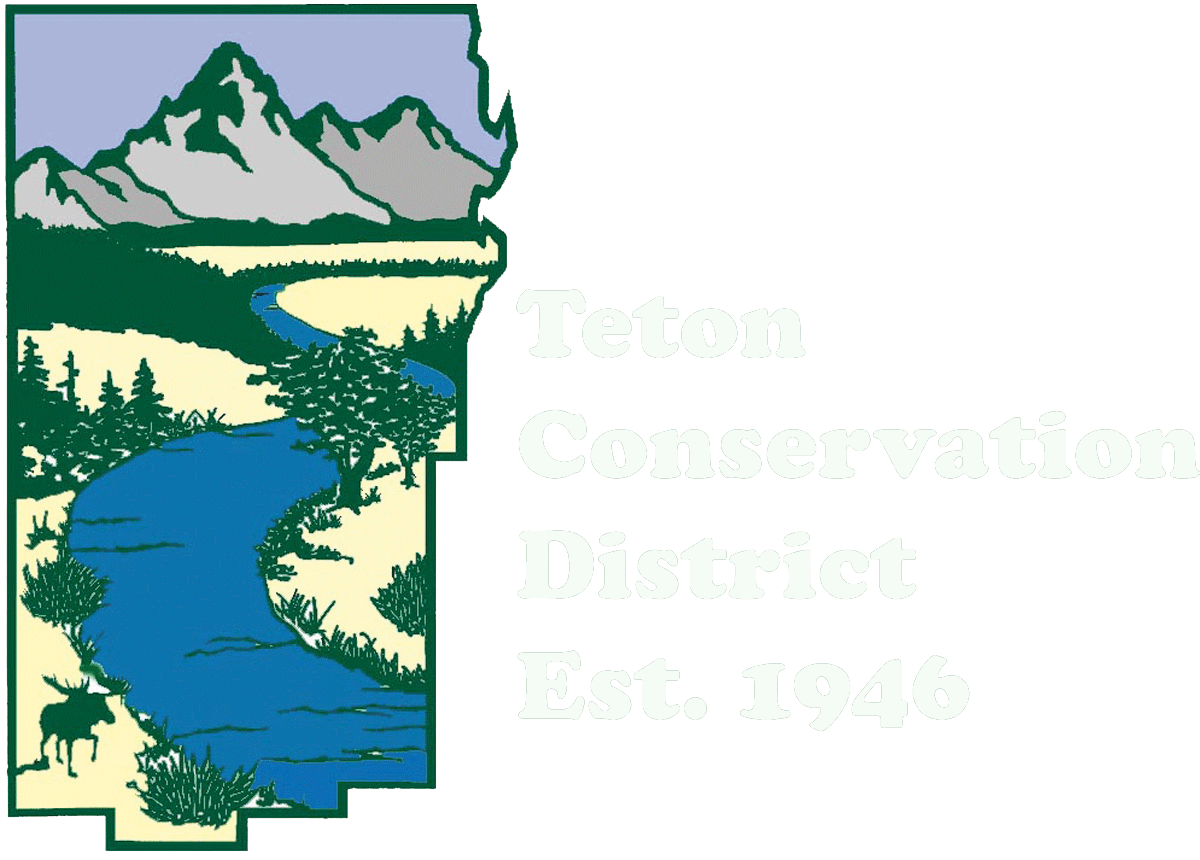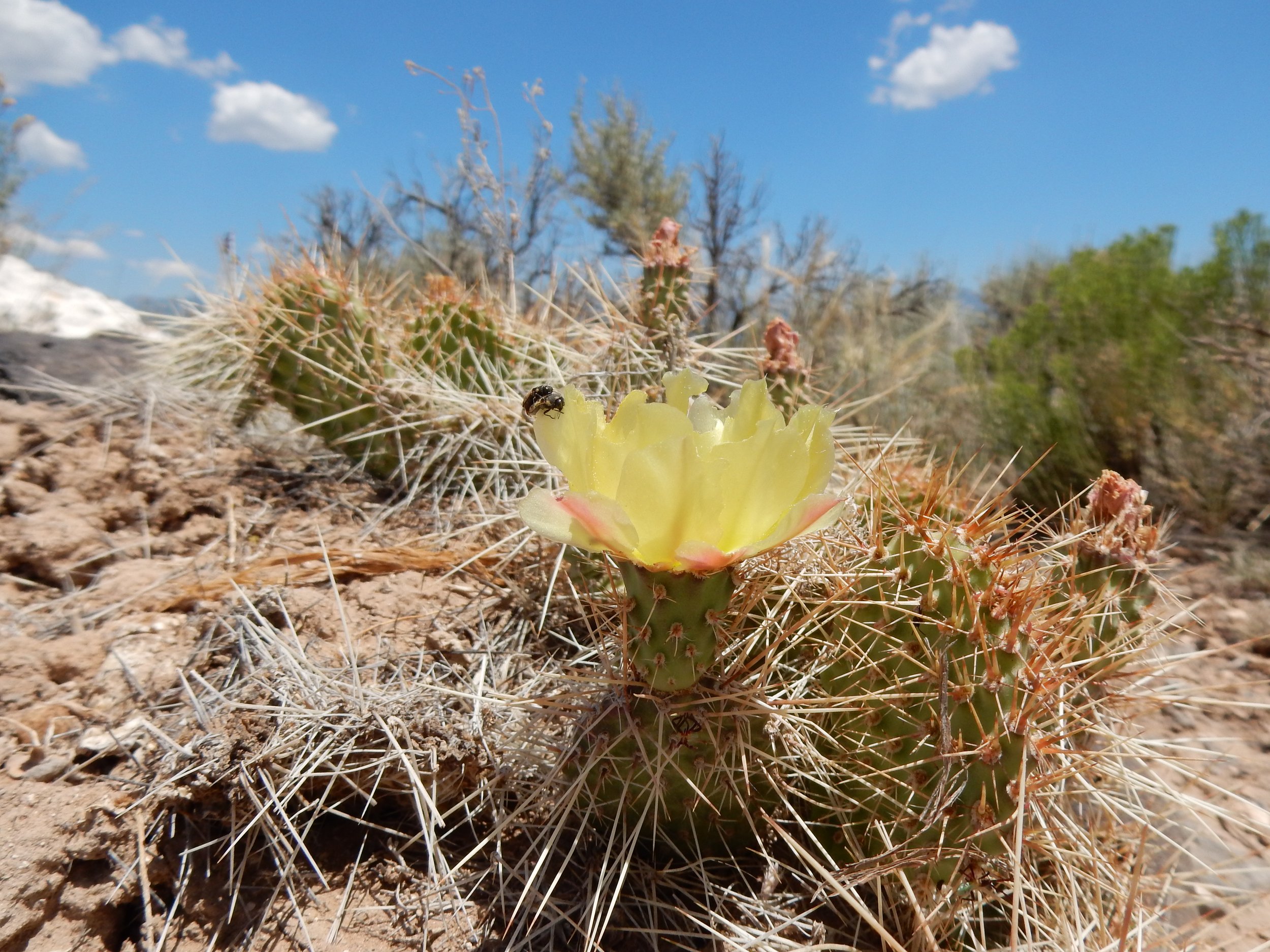By Sophie Lamb, Teton Conservation District Intern
Plains pricklypear by Matt Lavin
Did you know Jackson Hole is home to two native cacti species? Brittle prickly pear (Opuntia fragilis) and plains pricklypear (Opuntia polyacantha). These species grow all across the Mountain West and Southwest and have been used by Indigenous Tribal nations for centuries as a source of food, medicine, needles, and water. They also perform a variety of important and groundbreaking functions integral to continued sustainability in native ecosystems.
Brittle prickly pear by Morgan Graham
Unlike other plants that release carbon dioxide when they die and decompose, these cacti sequester the CO2 they absorb into the soil around them in the form of solid calcium carbonate. Studies of other pricklypear species, like the Opuntia ficus-indica known to grow in the Southwest, found that pricklypear is capable of sequestering over 400 million pounds of CO2 annually–which equates to the annual emissions of 33 thousand cars. In an era of longer dry seasons and worsening droughts, water-efficient prickly pears are also being used to study ways to make human and animal crops more efficient and resilient. They are even viable as a more sustainable biofuel, requiring 80% less water than the typical maize and sugarcane.
Keep an eye out for these cool plants the next time you go for a hike! They tend to grow on rocky hillsides, around boulders, and in areas where the soil is sandy or gravelly. For plains pricklypear (first photo by Matt Lavin), look out for flattened leaves that are not easily detached and straight spines all over the pad. In June and July, they grow small yellow and gold flowers. Brittle prickly pear leaves are barrel or ball-shaped and easily detach from the plant (second phot by Morgan Graham).


